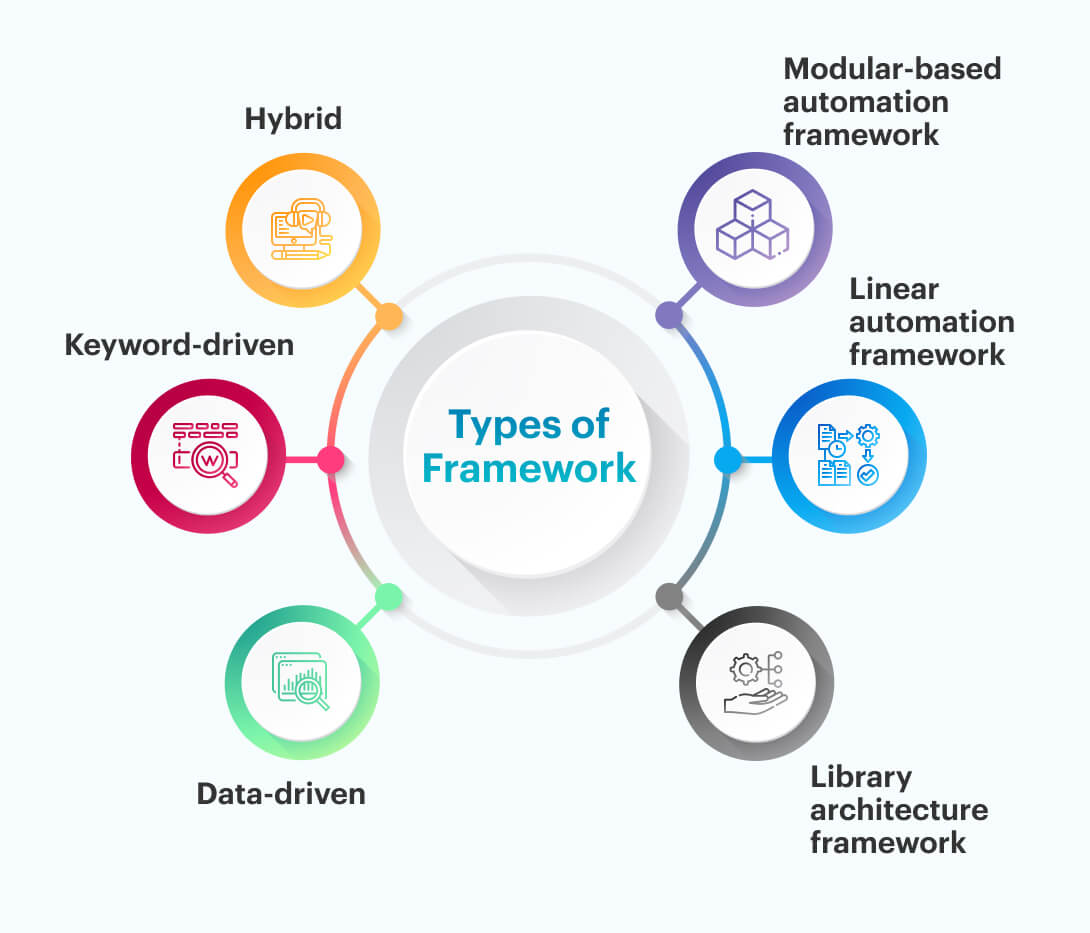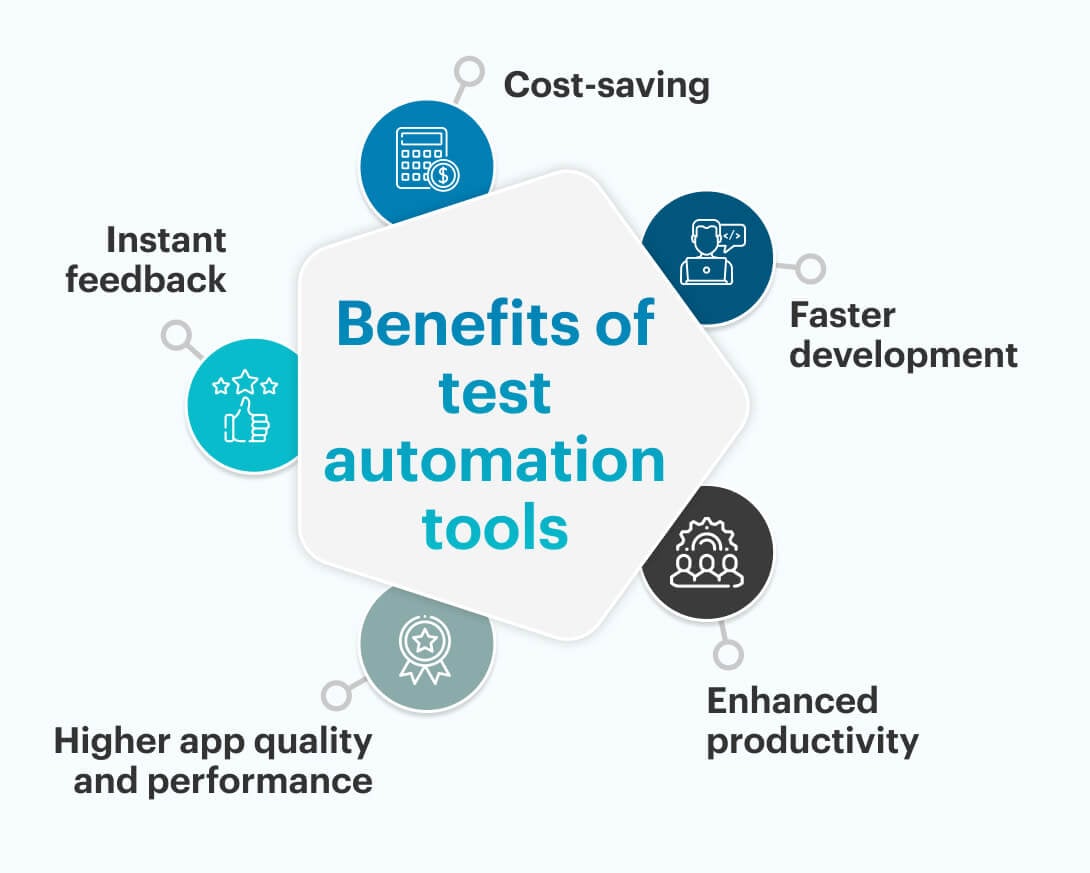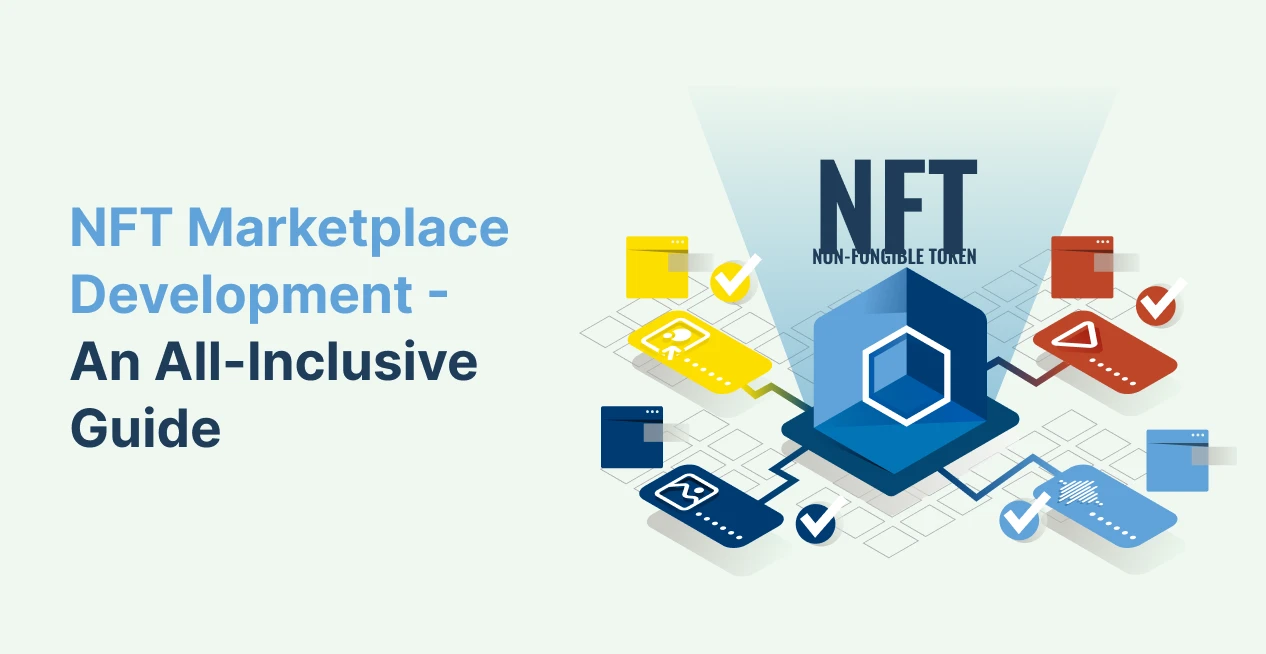Today digital transformation is gaining massive traction. The modern customer is more demanding about the quality of the products and services. Software developers rely on test automation tools to cater to the growing demand for quality products. So, let’s try to figure out what test automation tools are and what benefits they offer to the software developers in DevOps?
What are test automation tools?
Test automation tools are the tools that help software developers automate their software testing needs. These tools allow the development teams to reduce the human interventions and achieve incredible speed, reliability, and efficiency. DevOps developers have long ago figured out that, since their job consists of automating all processes, they could do the same to software development processes themselves. There is a wide range of test automation tools available in the market. These tools are designed for smartphones, desktops, and other mobile devices.
Over the period, the test automation tools and automation testing in DevOps have gained significant momentum. According to a report by Markets and Markets, the global automation testing market shall witness a whopping 19.2% CAGR during the forecast period from 2021 to 2026. The report also states that the automation testing market shall reach a value of US$ 49.2 billion by the end of 2026.
Types of automation testing in DevOps
Since now you know how widespread automation testing and test automation tools are, let’s look at some of the automation tests prevalent in the market today.
Unit Testing
Unit testing is when a developer isolates a single application unit from the rest of the software and tests its behavior. These tests are independent of external APIs and databases. The main goal of unit testing is to see how each component of the app will work without being impacted by external variables. This type of testing is done during the development phase and is considered the first level of testing in DevOps.
Integration testing
In integration testing, the developers test how the units are integrated logically. They also test how they work as a group. The goal of this testing is to verify how the modules communicate and behave together and evaluate a system’s compliance.
Smoke testing
Smoke testing allows the developers to examine whether the system build is stable or not. In other words, its goal is to determine if the main functionalities of the software are working correctly so that the testing team can proceed with further testing.
Regression testing
The regression testing ensures that a change in code doesn’t affect any existing app features in question. In other words, regression testing ensures that changes made to the system did not alter any functionality working correctly before the implementation of the changes.
Expand your business with our offshore resources
Types of test automation frameworks

Since we have a clearer picture of the types of automation testing, let’s look at some of the test automation frameworks available in the market.
Modular based automation framework
The modular-based test automation framework organizes each test case into a smaller independent module. Each case has a different scenario. However, the framework’s single master script handles all of these cases. It is a very efficient approach, but requires massive planning and is best suitable to the developers who have experience with test automation tools.
Linear automation framework
Linear automation framework is sometimes called record and playback. Software developers create a test script for each test case. It’s a fundamental approach that’s more suited to a small team that doesn’t have much experience with test automation.
Library architecture framework
This framework is an extension of the modular-based framework with a few differences. In the library architecture framework, tasks with common objectives are put as a group within the test scripts.
Data-driven framework
A data-driven framework works best when the developers have to test the same feature or function of an app multiple times with different sets of data. In such cases, it is essential that the test data are not be hard-coded in the test script itself, which is something quite prevalent in the linear and modular-based frameworks. The data-driven framework allows the DevOps engineers to store and pass the input/output parameters to test scripts from an external source like Excell, spreadsheets, or text files.
Keywords-driven framework
The keyword-driven framework allows the developers to test each function of the application under a table laid out with a series of instructions. In this framework, external data table also has the keywords making them independent from the test automation tool to execute the tests.
Hybrid framework
As with most testing processes available in the market today, automated testing frameworks have started to become integrated and overlap with one another. As the name hybrid framework suggests, it is a combination of any of the previously mentioned frameworks. It allows the testers to leverage the advantages of some and mitigate the weakness of others. With more developers moving towards an agile model, a flexible framework for automated testing has started to become crucial. A hybrid framework can be more easily adapted to get the best test results.
5 best test automation tools in 2022
Since now we have a better understanding of the definition of test automation tools and automation framework, let’s look at the top 5 test automation tools available in the market today.
Mabl
Mabl allows the DevOps developers to create and execute tests and is suitable for the fast-paced testing cycles. This tool uses a cloud-native testing platform where the developers can build automated tests using communication tools and issue tracking.
Avo Assure
Avo Assure is a no-code test automation solution that allows developers to test complex business processes. The tool supports more than 200 technologies, enabling the developers to test applications across the web, desktop, mobile, and Mainframes. The tool comes with a keyword library of more than 1500 keywords, allowing the developers to run the tests on-demand or on a schedule.
TestingWhiz
TestingWhiz has more than 300 commands. The tool integrates with management and issue tracking tools. Other features of the tools include image comparison, continuous server integration, and data comparison.
Selenium
Selenium is one of the best test automation tools available in the market today. The tool has automation suites explicitly designed for regression testing and testing across multiple browsers.
Squish
Squish is the leader in testing the graphic user interface i.e. GUI and includes some fascinating features. It works across many platforms and is highly flexible. It can automate the tests in Windows, web, Android, iOS, and Java. Moreover, it supports multiple coding languages such as JavaScripts, Python, Ruby, and Perl.
Benefits of test automation tools

Let’s have a look at the benefits of test automation tools.
Cost-saving
The test automation tools are cost-saving than manual testing. This is because the manual testing does not allow the developers run tests repetitively. The cost of testing the application manually rises as time goes by. However, automated testing is cheaper in the long term because once the developers create their test scripts, they can reuse them anytime without additional cost.
Faster development
Test automation will help developers save time as they can complete the testing rapidly and can run repeatedly. In other words, developers don’t have to wait for weeks to execute the test all over again.
Enhanced productivity
Automated tests don’t require any human intervention while running. This means that the developers can test their app nighttime and harvest the result the following day. Since automated tests can repeatedly run independently, software developers and QAs can spend less time on testing.
Higher app quality and performance
All thanks to extensive test coverage, automated testing ensures the app’s high quality. It allows the developers to run thousands of automated test cases simultaneously. This, as a result, allows the developers to quickly test their app against multiple platforms and on several devices at a time.
Instant feedback
Instant feedback is one of the most valuable benefits of test automation tools. It is instrumental when the software or application is already on the market. If the developers need to fix bugs quickly, manual testing will only slow down the process. On the other hand, test automation tools help developers make quick updates. As a result, test automation tools bring responsiveness, better user experience, and greater customer satisfaction.
Conclusion
Test automation tools and frameworks are allowing DevOps developers to improve the quality of their products and services. These tools help organizations ensure products’ integrity the lifecycle. With the growing demand for quality and user-friendly products, there has been a massive surge in demand for test automation tools across the globe. If you are looking for test automation tools or frameworks, connect with us.








